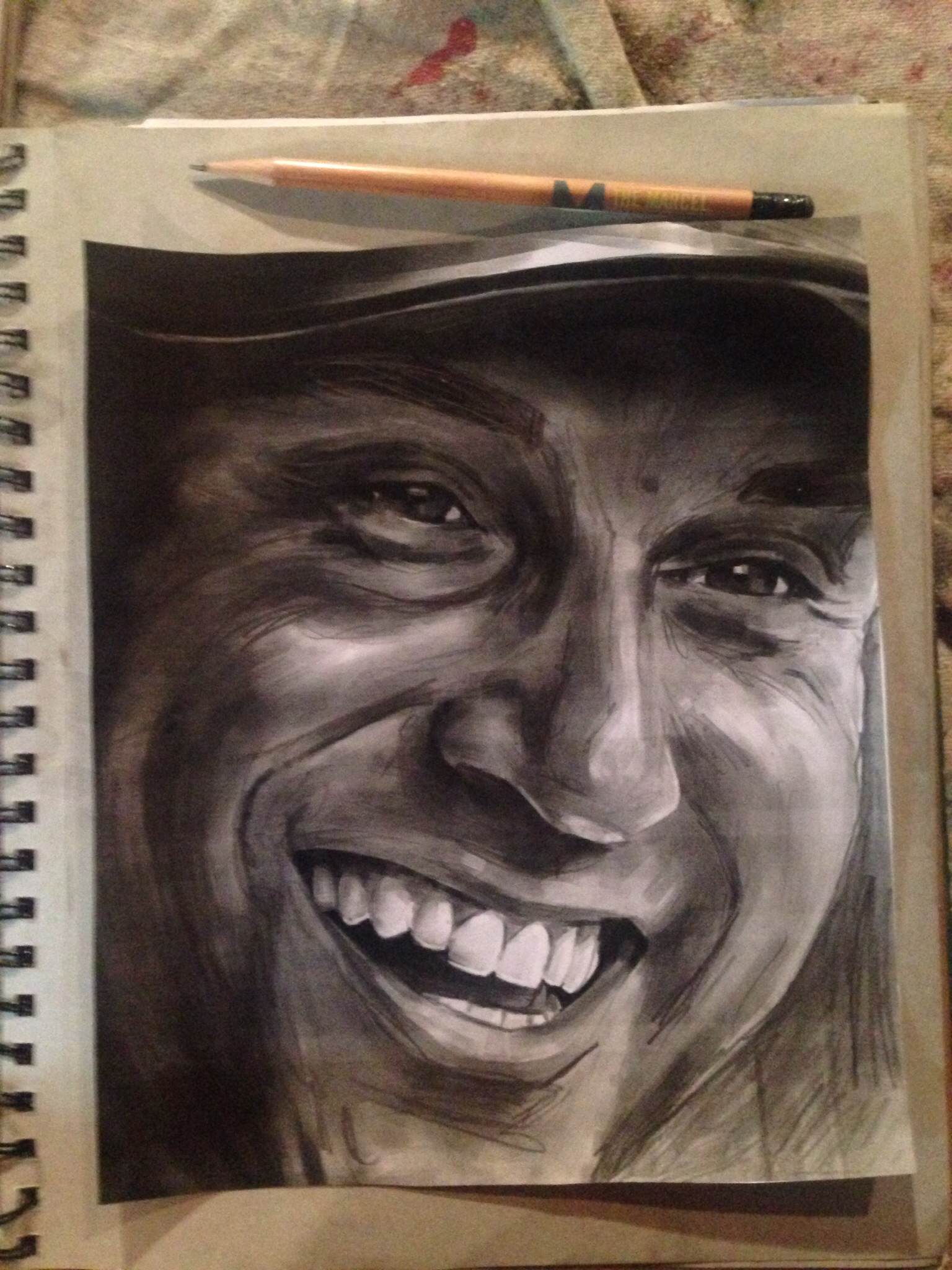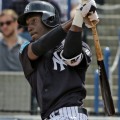By Christopher Saunders
Unless you’ve been living under a rock since August 1st, the New York Yankees have traded veterans for inexpensive top of the line talent. To sum it all up, the Yankees have acquired fourteen prospects due to numerous trades to the point where many have become household names before stepping onto a Major League diamond.
Thanks to increased attention to player development and focus on the major league draft, there is extensive video available on all players.
Not to mention the scouting that major league ball clubs have not just in the United States but as a global game as a whole.
We know the big names the Yankees acquired in trades, like Clint Frazier, Justus Sheffield (obtained in the Andrew Miller deal with the Indians), and Dillon Tate (acquired from the Texas Rangers for Carlos Beltran).
We cannot forget to mention though, the “other” prospects that were acquired that people tend to forget. Here are two prospects who weren’t the big names discussed, but can be key contributors or valuable trade chips.
Nick Green, also acquired in the Carlos Beltran trade, was drafted in seventh round in 2014 out of Indian Hills Community College in Iowa. Though a skinny 6-foot-1, 165 pounds, Green brings a quick arm that allows him to get his fastball up to 95 mph. The Yankees originally drafted him in the 35th round in 2013 out of a Colorado high school, liking the promise he showed with a clean arm action and room to grow into his body.
An average curveball is Green’s main secondary pitch. He is a longer-term project who will need to gain strength in order to reach his potential. A comparison to Carl Edwards, Jr. who clinched the Cubs World Series win.
For Zack Littell (traded for James Pazos) his heater is his best offering. His fastball registers in the low 90s and tops out at 94 with late life. He fearlessly attacks hitters with the pitch, commanding it to both sides of the plate while working down in the zone so as to generate ground-ball outs.
His curveball is his best secondary pitch and he uses his changeup in order to neutralize lefties at higher levels. Jim Callis of MLB.com attributes his improvement this year to “an uptick in his stuff and overall pitchability.”
Prior to this season, he had struck out just 18.9% of the batters he’s faced as a professional.
If he can sustain this ability to miss bats as he progresses to the upper-minors, he has a legitimate shot at becoming a quality middle or back-of-the-rotation option in the big leagues possibly as soon as 2018.
Comments: Twitter- @SmokeSaunders, Facebook- Chris Saunders, Instagram- _smokesaunders, Email Chrisweather16@yahoo.com

















Follow Us